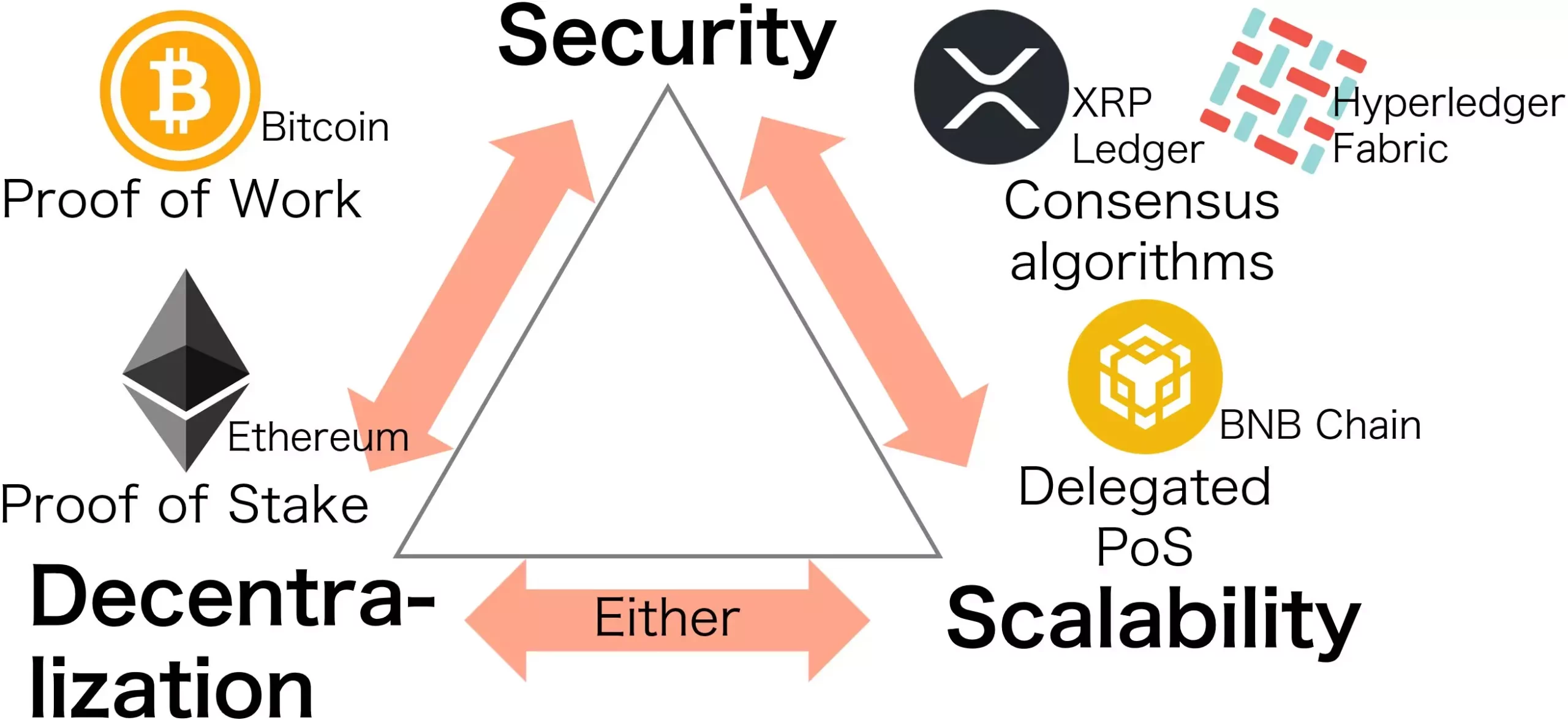In the world of blockchain, the trilemma poses a significant challenge: achieving scalability, security, and decentralization simultaneously. This longstanding issue has perplexed developers and blockchain enthusiasts alike. Historically, it has been acknowledged that honing one aspect often comes at the expense of another. However, a recent breakthrough from a team at Kyoto University introduces a mathematical expression that sheds new light on this trilemma, particularly within Proof of Work systems like Bitcoin.
A Mathematical Breakthrough
The innovative work by researchers led by Kazuyuki Shudo has unraveled a formula where the product of scalability, security, and decentralization equates to one. This mathematical framework allows for a structured approach to this complex dilemma, opening avenues for potential enhancements in blockchain architecture. For example, Shudo highlights two practical strategies: reducing the block size or optimizing transaction speeds. These insights are not just theoretical but can pave the way for actionable improvements in emerging blockchain applications.
Real-world Implications and Existing Solutions
The insight about transaction sizes is not new, but the analytical clarity provided by the Kyoto team’s formula offers developers a better compass for navigating the delicate balance between the three parameters. Bitcoin’s Compact Block Relay is a prime illustration of a successful application that reduces the size of transactions—a direct response to the scalability concern without significantly undermining security.
Yet, the real challenge remains: can blockchain applications be universally scaled without compromising their foundational principles of security and decentralization? Shudo is critical yet hopeful, noting the myriad proposals put forth by developers over the years. Unfortunately, many have sacrificed one of the trilemma’s cornerstones, even if their advancements in scalability have gained traction.
Insightful Connections to Forking and Decentralization
Significantly, the Kyoto team has also explored how transaction occurrences like forking relate to the blockchain’s security index. Their previous studies illustrate that achieving formidable scalability directly correlates with the probability of forks. This is pivotal since forking can result in decentralization concerns; if not managed, it could lead to a fragmented network. Thus, the mathematical expression not only bridges the gap between security and scalability but also flags an essential element of decentralization within the ecosystem.
A Broader Perspective on Blockchain Development
While the work of the Kyoto University team focuses heavily on Proof of Work, it does not dismiss the burgeoning relevance of Proof of Stake consensus models, particularly after Ethereum’s recent transition. The dynamics between these two approaches to consensus will likely spark further research, leading to richer insights and perhaps a more holistic understanding of blockchain capabilities. The introduction of new formulas for both models can deepen our grasp of various blockchain architectures, transcending simplistic views on the trilemma.
In the ongoing journey of blockchain evolution, the recent mathematical advancements signal a pivotal moment. As developers venture into adopting these insights, we can anticipate a wave of innovation that is poised to reshape the blockchain landscape while honoring its foundational principles. The future indeed looks bright for the intertwined realms of blockchain functionality and mathematical rigor.

